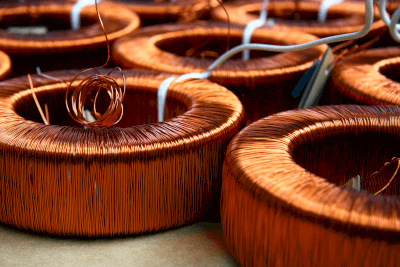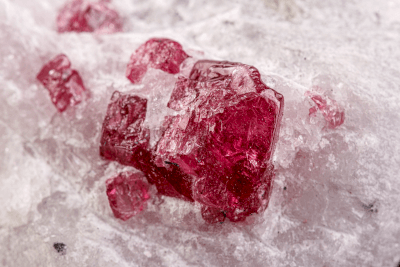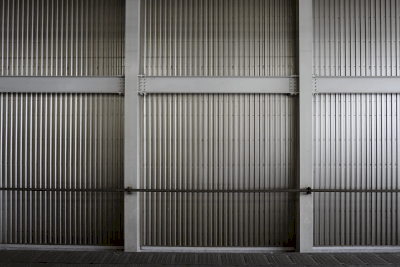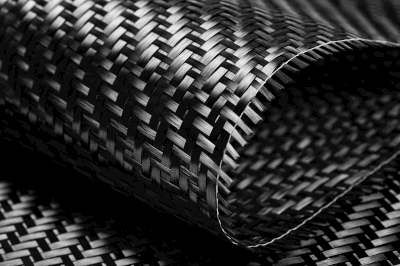What Is Tin-Free Steel?
Tin-Free Steel is an alternative surface-treated steel sheet that include the usage of tin material.
Tin-Free Steel features an electrolytic chromic acid treatment applied to cold-rolled carbon steel sheets to form metallic chromium and chromium hydrated oxide layers on the surface layer. Electrolytic chromic acid treatment improves corrosion resistance. Compared to tin-plated steel sheets, it has a lower environmental impact and is easier to recycle.
It is also characterized by a relatively low cost compared to tin-plated steel sheet.
Uses of Tin-Free Steel
1. Canning
Tin-Free Steel is widely used as a material for canning. The reason is that it has the durability needed to protect food from factors such as oxygen and moisture while the food is stored.
2. Electronic Components
In electronic components, thin sheets are used. The reason is that they possess both the flexibility and conductivity of metals.
3. Building Materials
They are sometimes used as a building material for roofing, walls, siding, roof drains, etc. Reasons are for its strength, durability, and aesthetic appearance.
4. Vehicle Parts
They are also used as a material for vehicle parts.
5. Household Products
They may be used in household products, e.g., cookware, dishes, toys, trash cans, washers and dryers, etc.
Properties of Tin-Free Steel
1. Corrosion Resistance
Tin-Free Steel is protected from rust and corrosion by an electrolytic chromic acid treatment that forms a chromium hydrated oxide layer on the surface. The chromium hydrated oxide layer is very hard and chemically stable, and is characterized by excellent corrosion resistance. It also improves the adhesion of paints.
Electrolytic chromic acid treatment is a treatment method that forms a chromium hydrated oxide layer on the surface of iron and steel. This treatment forms a hard, chemically stable chromium hydrate oxide layer on the surface of iron and steel to protect the surface.
2. Paint Adhesion
A chromium hydrate oxide layer is formed on the surface of tin-free steel by electrolytic chromate treatment. The chromium hydrate oxide layer is very hard and chemically stable, and therefore, the adhesion of the paint is high.
The chromium hydrated oxide layer is formed uniformly, allowing paint to be applied evenly, improving paint adhesion, simplifying the painting process, and providing a beautiful finish.
Tin-free steel is also used for surfaces such as building materials and home appliances because the paint does not peel easily and remains beautiful for a long time after painting.
3. Mechanical Strength and Workability
Tin-Free Steel is made from cold-rolled coils, which gives it a fine surface metallurgical structure, high strength, and good workability. It is easy to form and process, and is used in a wide range of applications such as automotive parts and construction materials.
4. Low Environmental Impact
Tin-Free Steel does not use tin and does not contain hazardous substances such as lead and cadmium, and thus has a low environmental impact. It is also suitable for recycling as it is reused as steel.
5. Water Resistance
Tin-Free Steel has a tin-plated surface, making it impervious to moisture and humidity. It is used in waterproof applications such as roofing and exterior wall materials to enhance the durability and livability of buildings.
6. Heat Resistance
Tin-Free Steel is heat resistant. The reason is that the chromium hydrated oxide layer formed on the surface is chemically stable even at high temperatures. It is used for food containers used in high-temperature environments such as ovens and microwave ovens, and for automotive parts that require high-temperature processing.
7. Impact Resistance
Tin-Free Steel forms metallic chromium and chromium hydrated oxide layers on its surface. The formed chromium hydrate oxide layer is extremely hard and chemically stable, and has excellent wear resistance. In addition, because cold-rolled coils are used, the surface metallurgical structure is fine, and the mechanical strength is high and impact resistance is excellent.
It is also suitable for products used in environments subject to severe friction and impact, such as automotive parts and home appliances.
Examples of applications include automobile doors, hoods, wheels, and other parts, as well as housings and exterior parts of home appliances. It is also used as a building material when strength to withstand impacts such as earthquakes is required.
8. Abrasion Resistance
The chromium hydrated oxide layer formed on the surface of tin-free steel is extremely hard and chemically stable, making it highly resistant to abrasion.
Because of its excellent abrasion resistance, it can be used for a long period of time in environments where friction and wear are severe, such as automotive parts and building materials. For example, automotive parts such as doors, hoods, and other open/close parts, and wheels are examples of applications.
In building materials, it is used in components exposed to the outdoors, such as roofing and exterior wall materials. Roofing and exterior wall materials are exposed to the natural environment, such as wind, rain, and ultraviolet rays, and require materials with high surface hardness and excellent abrasion resistance.
Other Information on Tin-Free Steel
1. Color Types
Tin-Free Steel is characterized by the ability to express a variety of colors by applying electrolytic coloring treatment to its surface. Specifically, an oxide film is generated by the electrolytic coloring solution, and depending on the thickness of the oxide film, the color changes due to interference, reflection, and refraction of light.
Tin-Free Steel’s electrolytic coloring process can express a variety of color tones. Therefore, tin-free steel is also used in applications where color is important, such as building materials and home appliances.
2.Sulfurization-Resistant Blackening
Tin-Free Steel generally has good resistance to sulfide blackening. This is because it is treated with electrolytic chromic acid to form a chromium hydrated oxide layer on the surface. The formed chromium hydrate oxide layer acts as a protective film to prevent the occurrence of sulfide blackening and protects tin-free steel from sulfide blackening. However, depending on the operating environment and conditions, sulfide blackening may occur, requiring appropriate maintenance.
The blackening that occurs in food cans is a blackish-brown deposit caused by the reaction of hydrogen sulfide contained in the can material with the acidic food ingredients that fill the can. Food cans are made of metal materials such as iron and aluminum, which contain trace amounts of sulfides. Heat sterilization and other processes acidify the food ingredients that fill the can, and under these acidic conditions they react with hydrogen sulfide to produce black sulfide deposits.



 A Cyclotron is an accelerator for charged particles (negatively charged electrons, positively charged protons, ions, etc.) that repeatedly swirls the charged particles to increase their speed.
A Cyclotron is an accelerator for charged particles (negatively charged electrons, positively charged protons, ions, etc.) that repeatedly swirls the charged particles to increase their speed.
